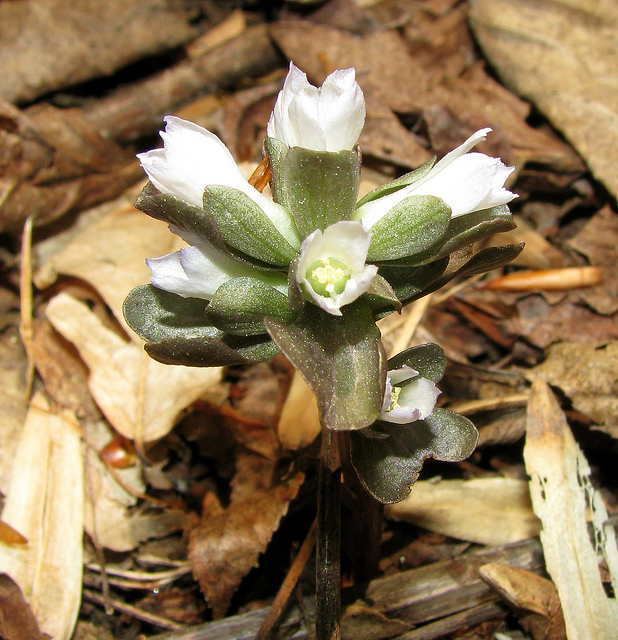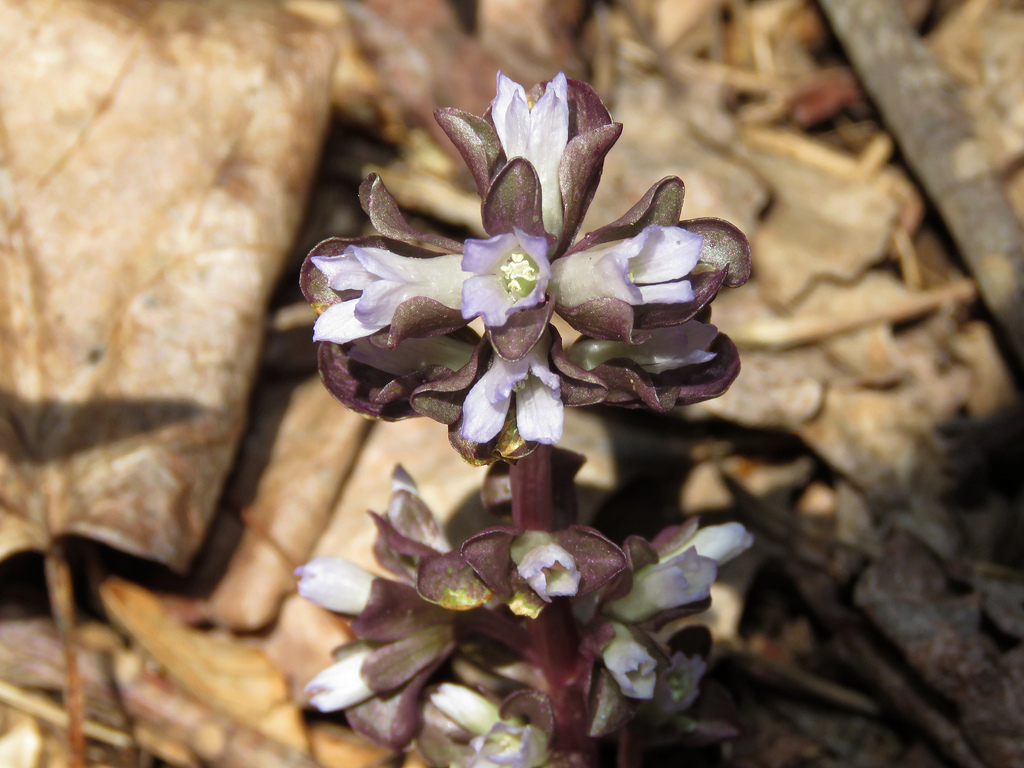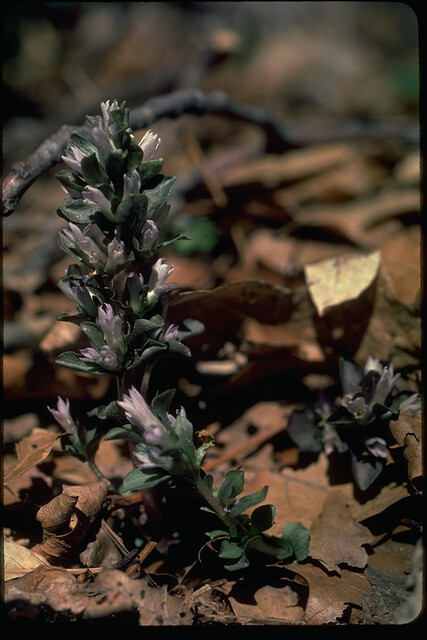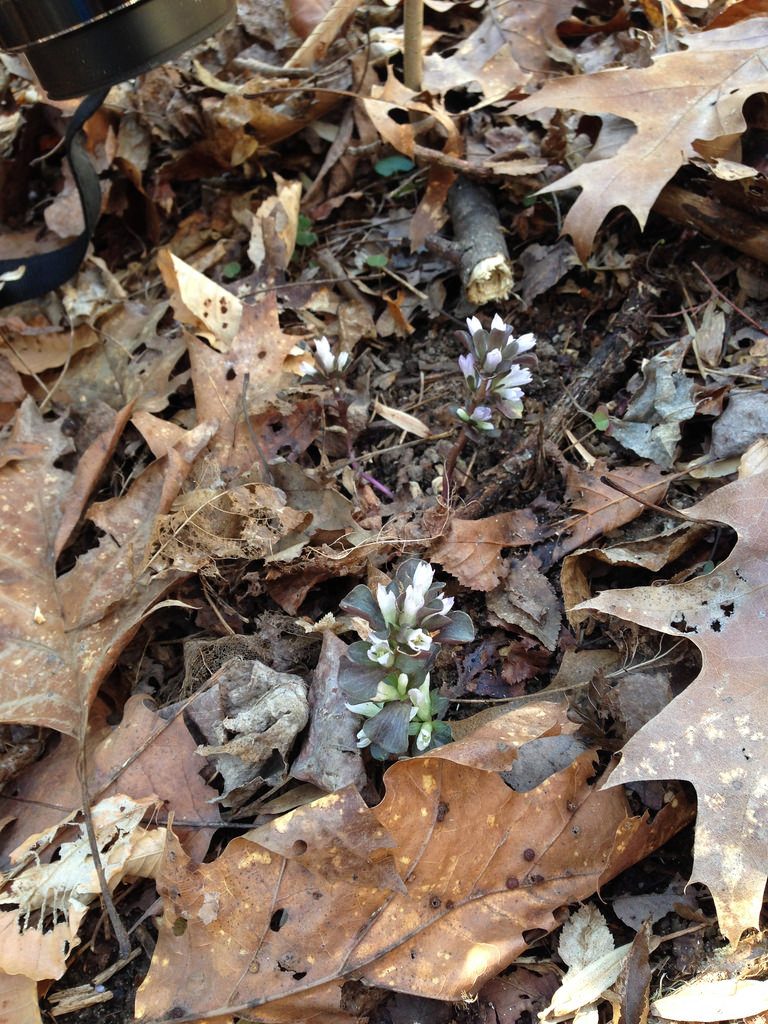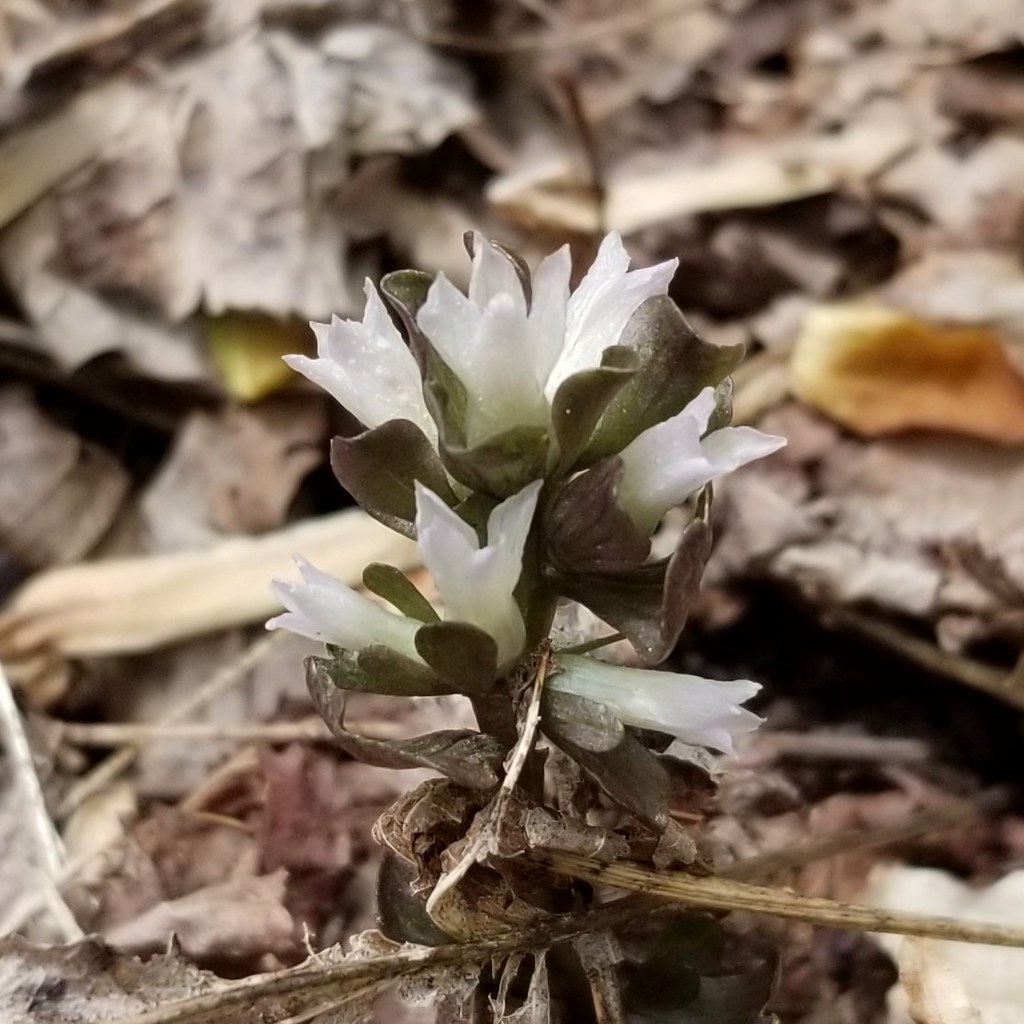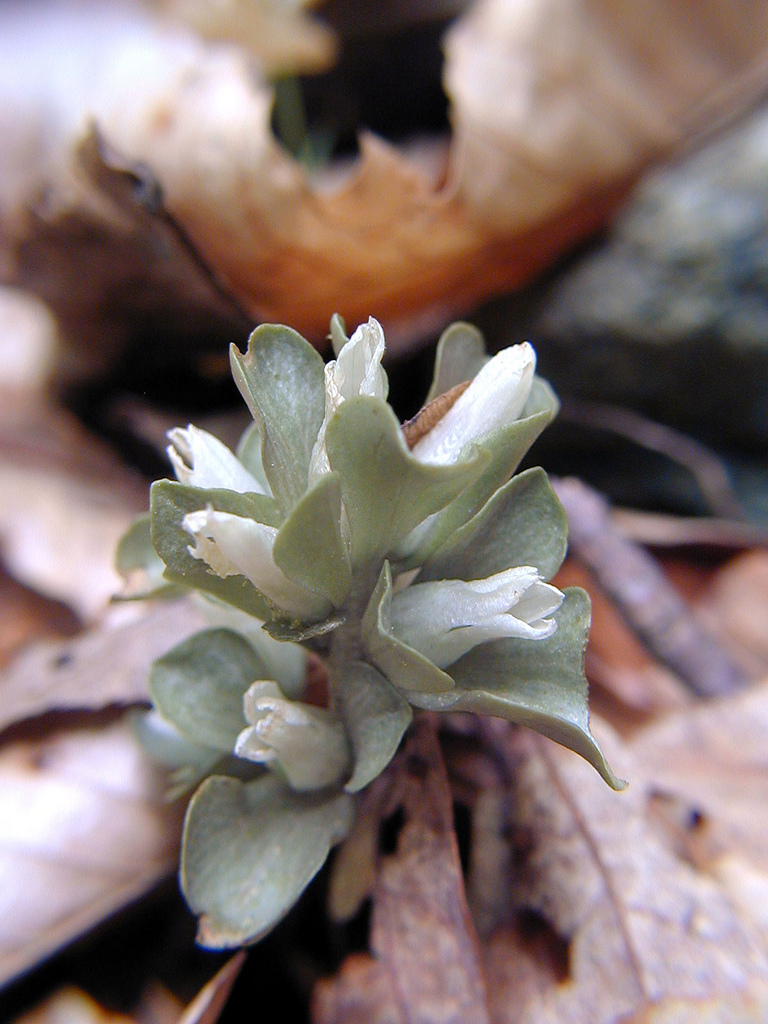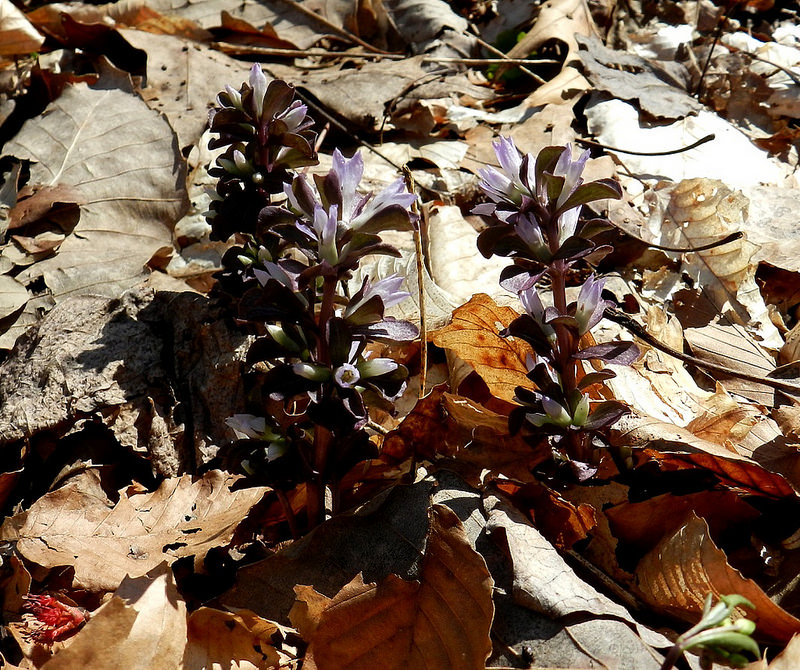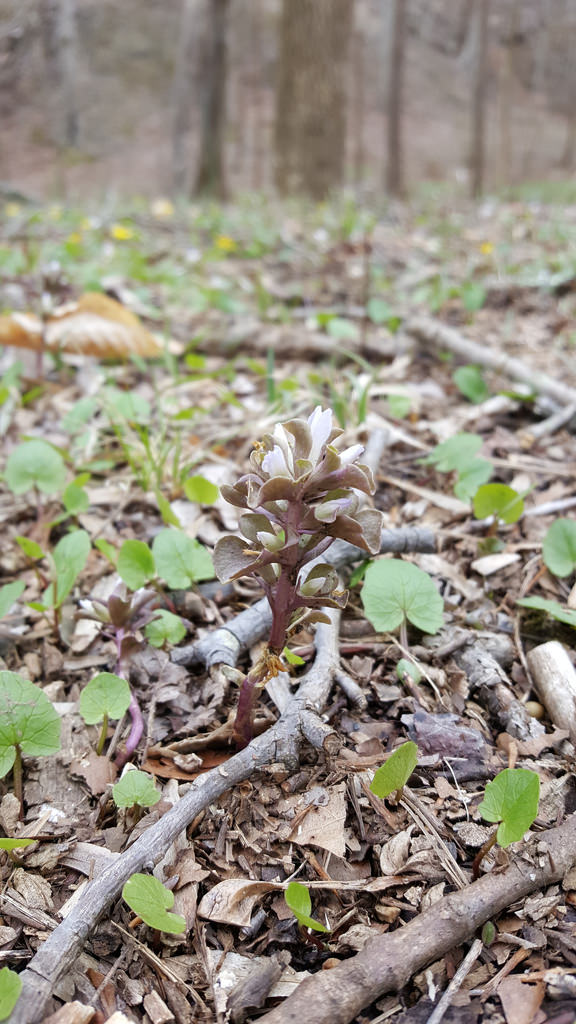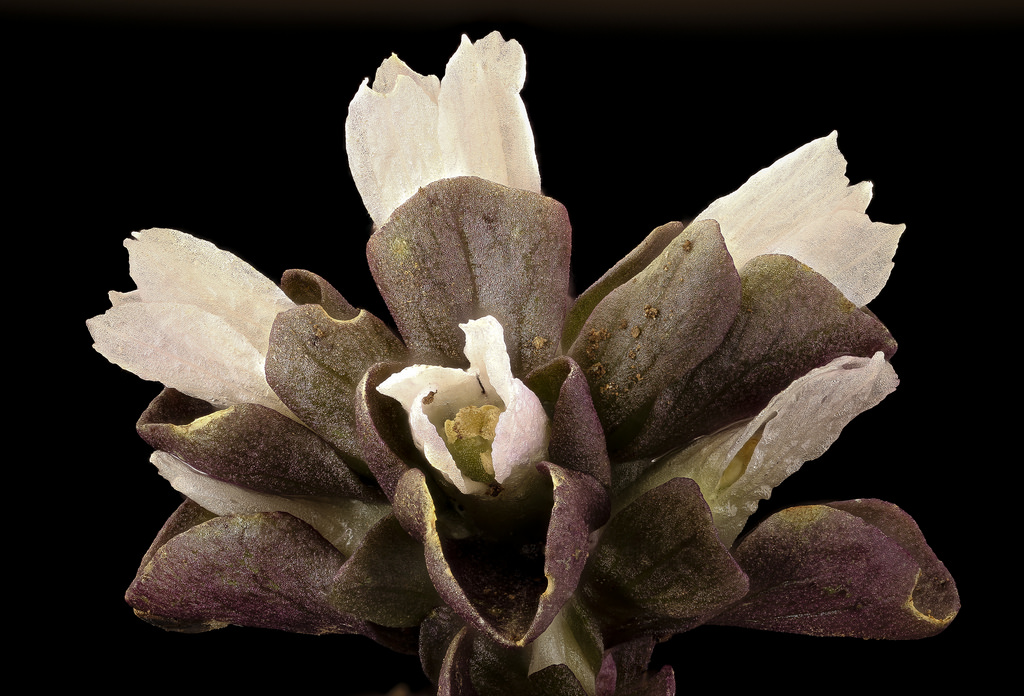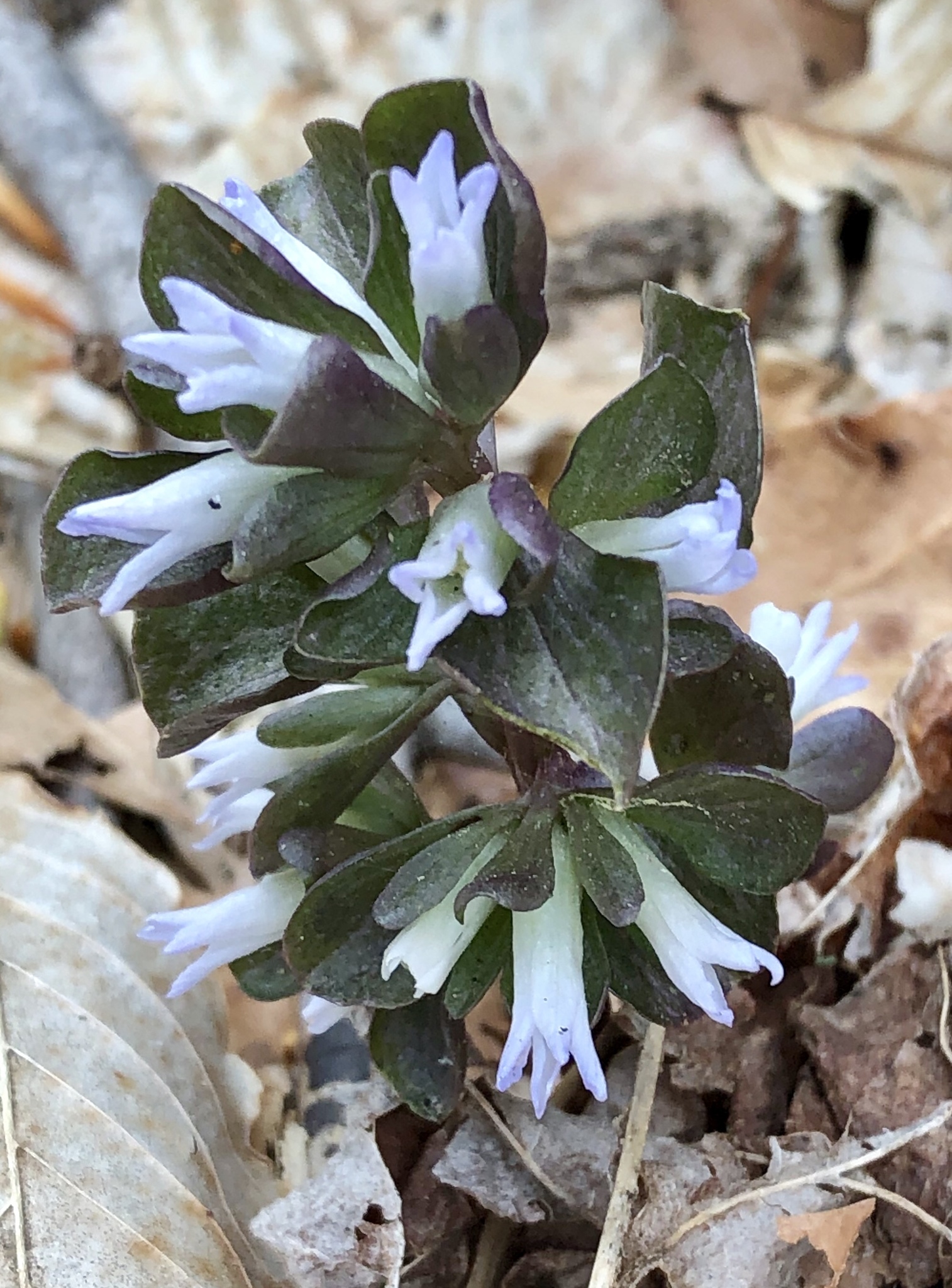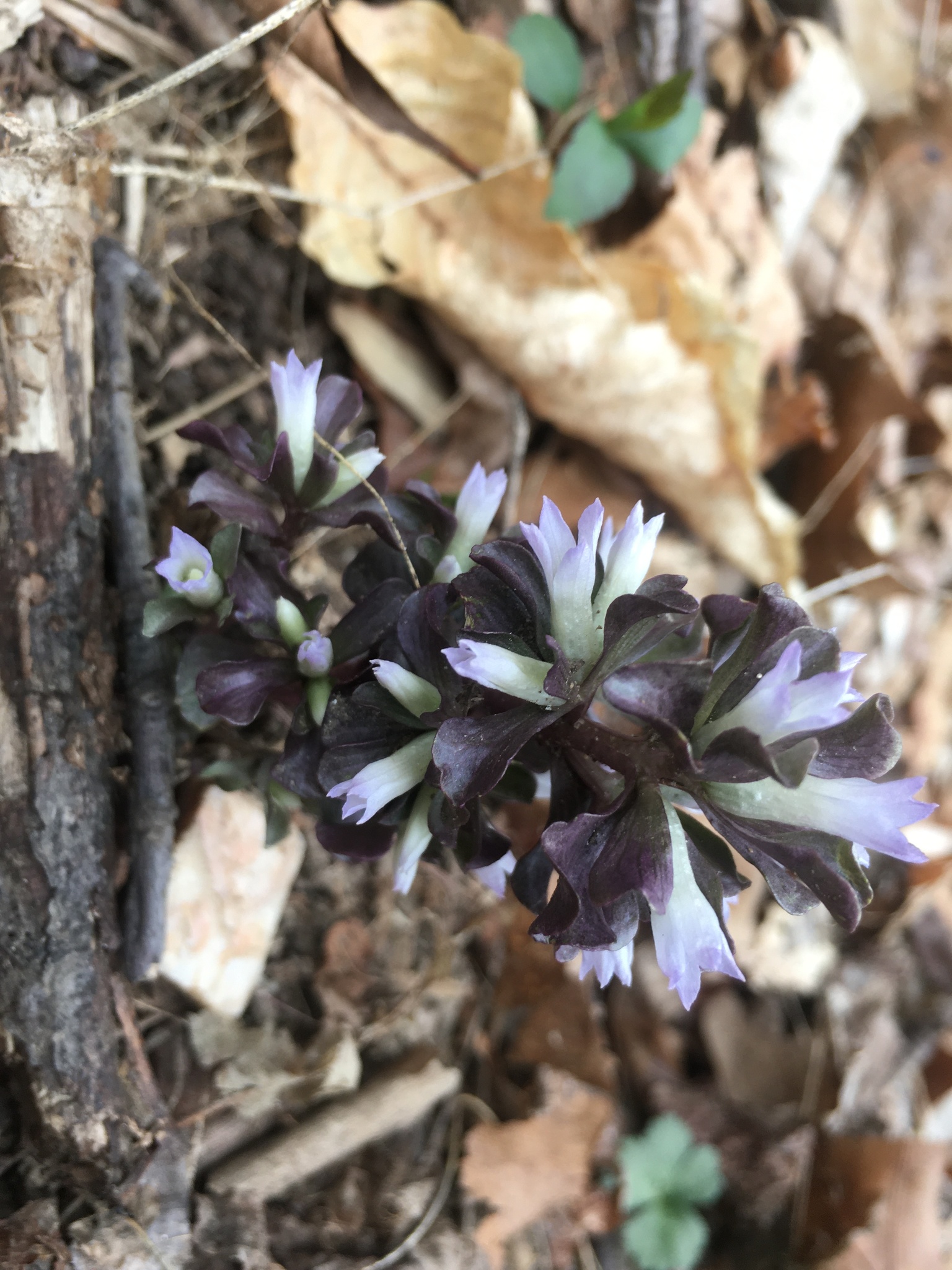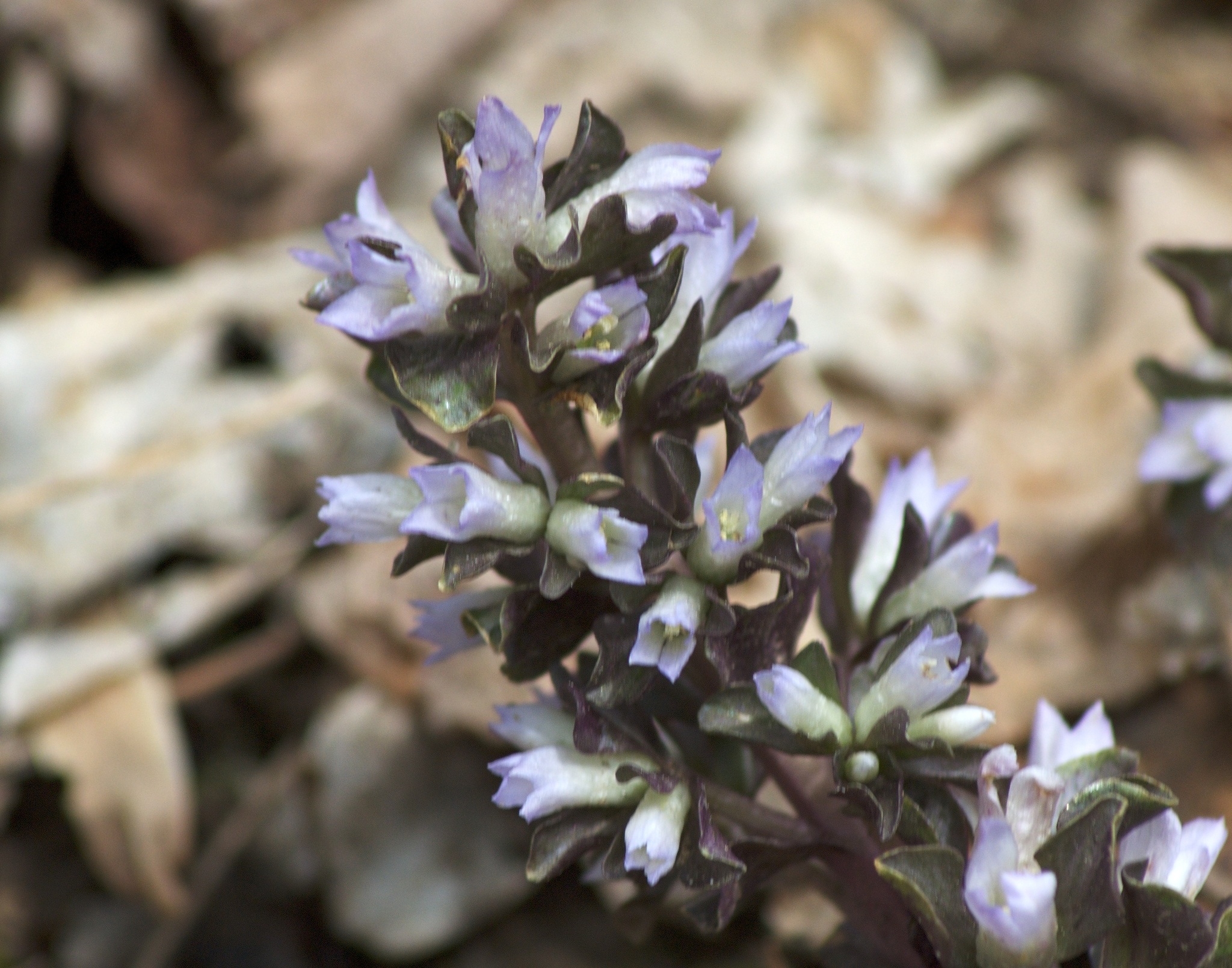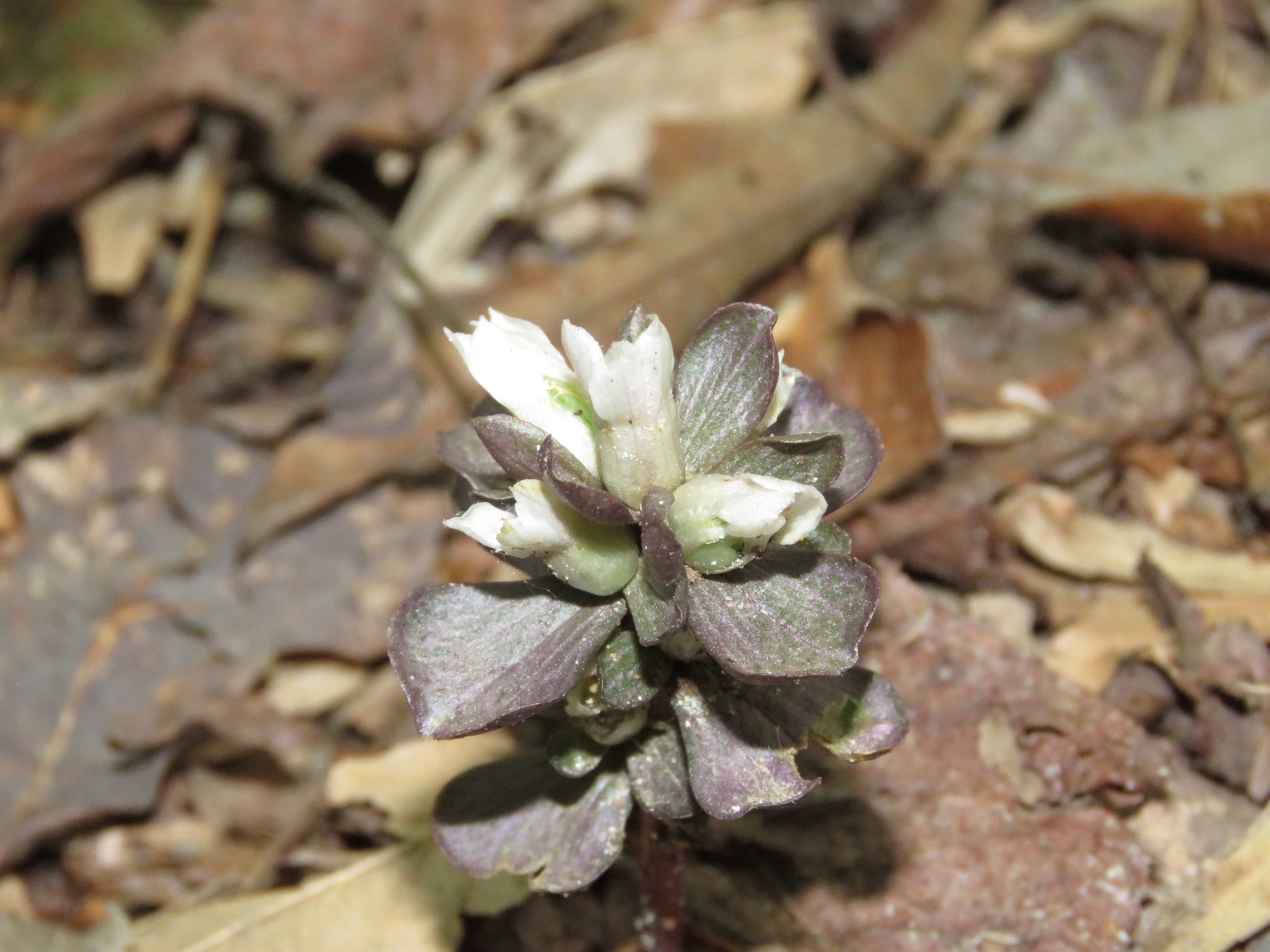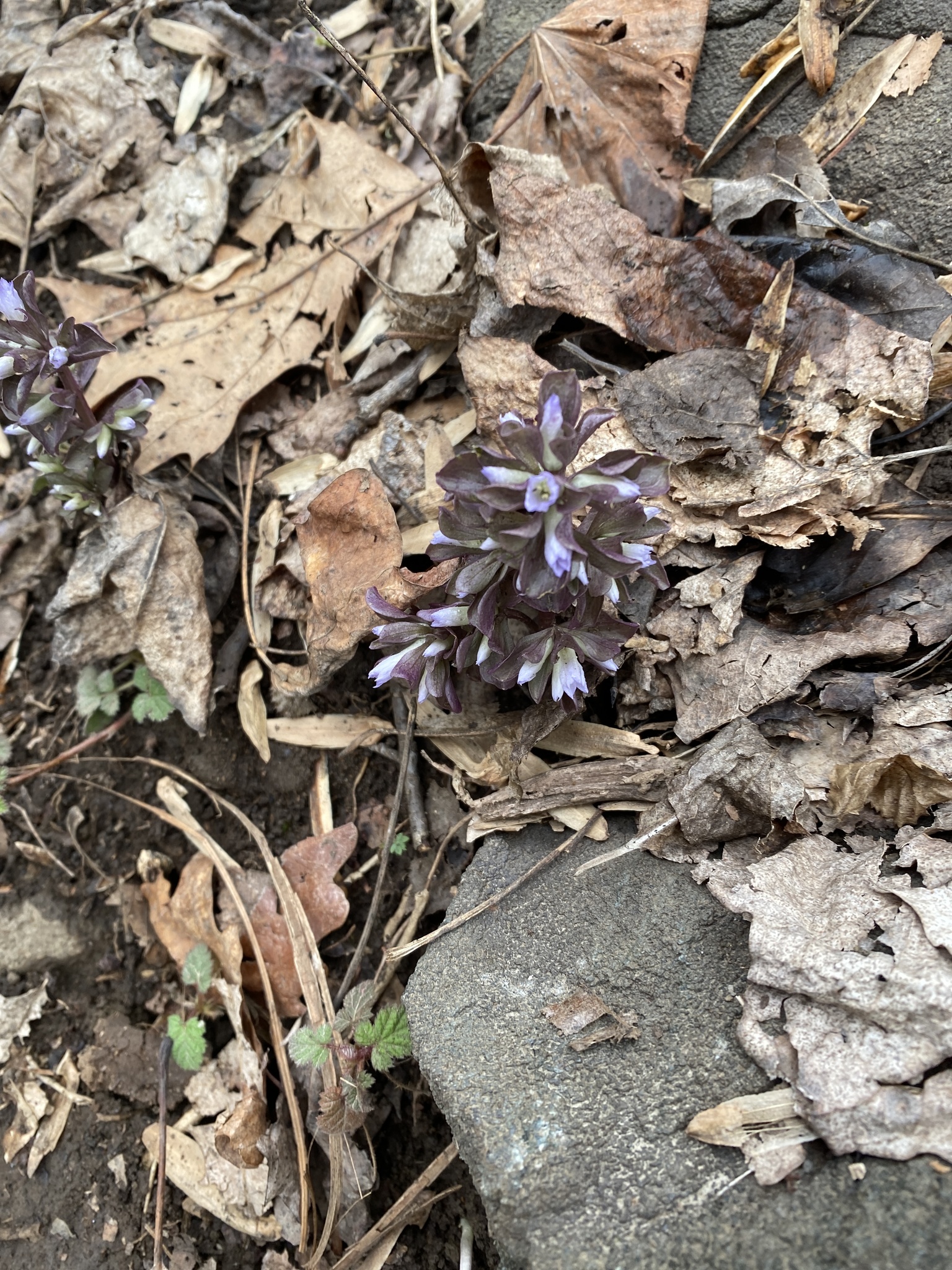Map Snapshot


















257 Records
Status
Virginia Pennywort grows in nutrient-rich, moist to dry forests, often in base-rich soils (Weakley, et al., 2012).
Description
This small, purplish-green perennial is a spring ephemeral and is often nearly hidden under fallen leaves. It blooms from March to June (Weakley, 2020).
Relationships
Virginia Pennywort has well developed mycorrhizae and obtains much of its nutrition through these fungal partnerships (Weakley, 2020).
Seasonality Snapshot
Source: Wikipedia
| Obolaria | |
|---|---|

| |
| Scientific classification | |
| Kingdom: | Plantae |
| Clade: | Tracheophytes |
| Clade: | Angiosperms |
| Clade: | Eudicots |
| Clade: | Asterids |
| Order: | Gentianales |
| Family: | Gentianaceae |
| Tribe: | Gentianeae |
| Subtribe: | Swertiinae |
| Genus: | Obolaria L. |
| Species: | O. virginica
|
| Binomial name | |
| Obolaria virginica L.
| |
Obolaria is a genus of flowering plant in the gentian family Gentianaceae. It is monotypic, being represented by the single species Obolaria virginica, commonly known as Virginia pennywort.[1]
It is native to the eastern United States,[2] where it is found in nutrient-rich forests. It is believed to be mycoheterotrophic, getting much of its nutrients though a symbiotic relationship with fungi, instead of through its small purplish-green leaves.[3][4]
It is a perennial that produces white flowers in the spring. It is often difficult to locate due to its small stature, and tendency to be buried under leaf litter.[3][5]
References
[edit]- ^ NRCS. "Obolaria virginica". PLANTS Database. United States Department of Agriculture (USDA). Retrieved 13 January 2017.
- ^ "Obolaria virginica". County-level distribution map from the North American Plant Atlas (NAPA). Biota of North America Program (BONAP). 2014. Retrieved 13 January 2017.
- ^ a b "Flora of the Southern and Mid-Atlantic States".
- ^ Cameron, Duncan; Bolin, Jay (2010). "Isotopic evidence of partial mycoheterotrophy in the Gentianaceae: Bartonia virginica and Obolaria virginica as case studies". American Journal of Botany. 97 (8): 1272–1277. doi:10.3732/ajb.0900292. PMID 21616879.
- ^ Missouri Plants
